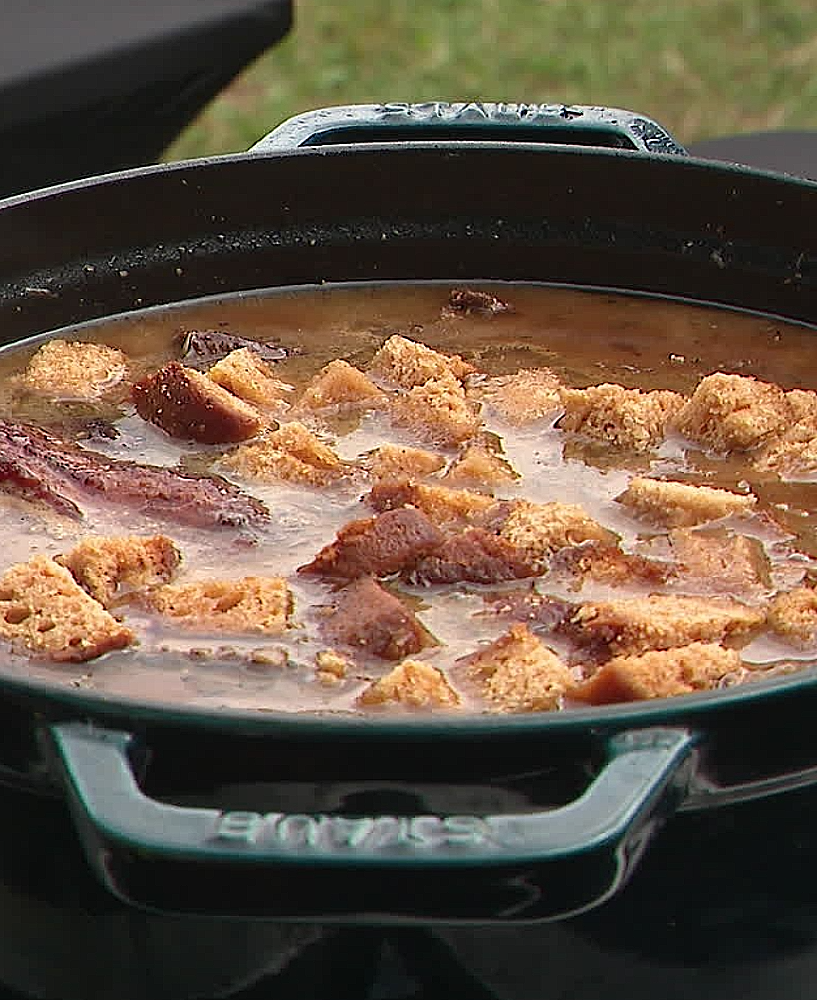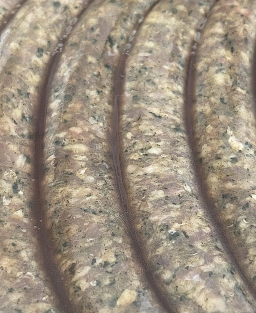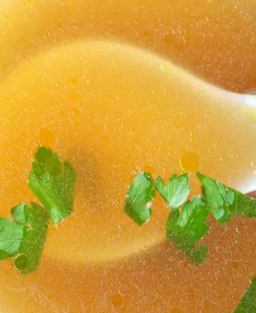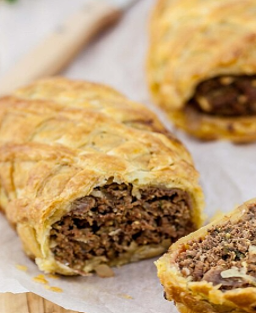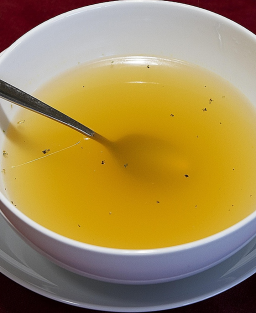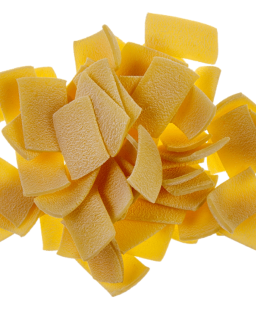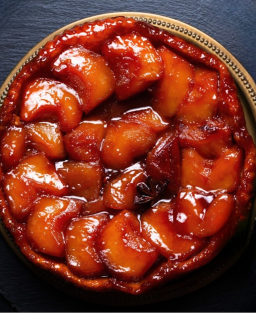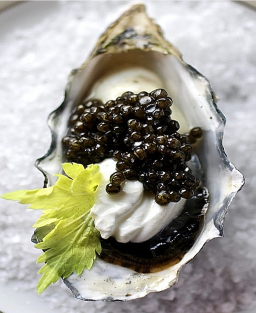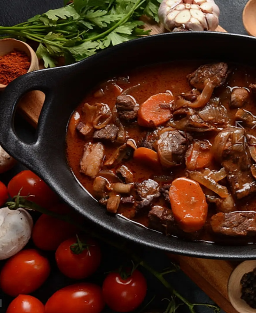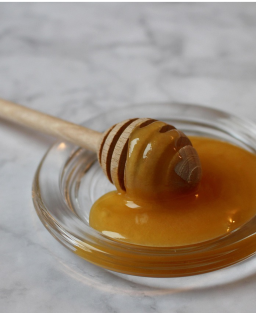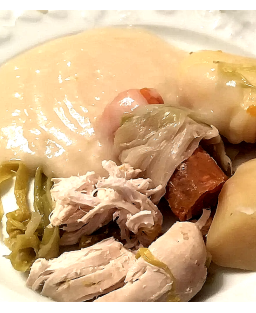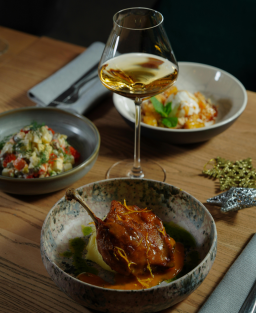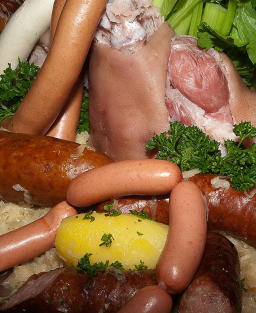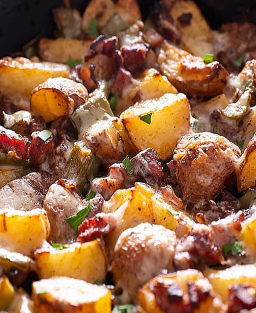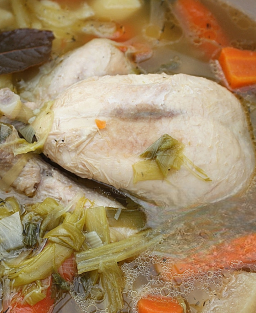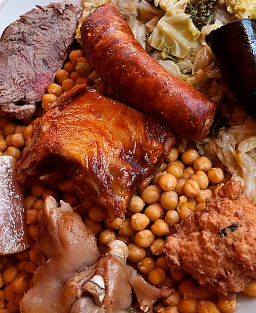Recipe for Flemish Carbonnade by Maxime Leplat, 2025 World Champion
Recipe for Flemish Carbonnade by Maxime Leplat, 2025 World Champion
Carbonade flamande, Stoofvlees, Vlaamse stoverij
Discover the traditional recipe for Flemish Carbonnade, an iconic dish from Flanders, combining authenticity, generosity, and aromatic richness, here skillfully reinterpreted by Maxime Leplat, 2025 World Champion.
At his restaurant N9uF in Laventie, Chef Maxime Leplat brilliantly revisits Flemish carbonnade, a signature dish of Flanders. His cuisine, at the crossroads of terroir and creativity, is accompanied by an exceptional beer cellar, where every choice is designed to enhance the plate. A resolutely modern bistronomic and brewing vision.
Carbonade flamande, Stoofvlees, Vlaamse stoverij
Discover the traditional recipe for Flemish Carbonnade, an iconic dish from Flanders, combining authenticity, generosity, and aromatic richness, here delicately reimagined by Maxime Leplat, 2025 World Champion.
Anecdote
"Een stoofpot brengt warmte, zelfs op de koudste dagen."
("A stew brings warmth, even on the coldest days.") – Popular Flemish saying
Legend or Tale
It is said that an innkeeper in Bruges once gave his last beer to a hungry soldier, who out of necessity added it to his stew. This improvised dish, turned feast, supposedly won over the most demanding palates… becoming one of the culinary treasures of Flanders.
Geographical Origin and Status
-
Country: Belgium / France (French Flanders)
-
Region: West Flanders / Nord-Pas-de-Calais
-
Official Status: None
-
Recipe Inventor: Oral transmission
-
Codified recipe: No
History
Flemish carbonnade is a beef stew simmered in beer, traditionally served in Belgian and French Flanders. Historically, it originated from the need to make less noble cuts of meat palatable through slow cooking and the addition of a local abundant ingredient: beer.
The origins date back to the Middle Ages, where recipes for "braised meats" already appeared in Flemish cookbooks. The use of gingerbread and mustard developed in the 18th century, influenced by trade with Hanseatic cities.
Over time, the carbonnade evolved: from cooking over a wood fire in a pot to slow cooking in an oven casserole, incorporating refined ingredients such as Trappist beer, artisanal mustards, and chicory.
Today, it is served as well in popular bistros as in gourmet restaurants, notably thanks to chefs like Maxime Leplat, who elevate it into haute bistronomy.
Notable Chefs and Contributions
-
Maxime Leplat – 2025 World Champion; bistronomic reinterpretation with sauce finished with blond roux
-
Florent Ladeyn (Boeschepe) – Locavore version with artisanal Flanders beer
-
Kobe Desramaults (In De Wulf) – Deconstruction of carbonnade in a contemporary style
-
Julie Duthoit (Lille) – Addition of root vegetables as garnish
-
David Wauters (Bruges) – Low-temperature cooking and finish with browned butter
-
Restaurant “Estaminet de la Reine” – Bailleul – Classic version with gingerbread and Graeffe brown sugar
Dish Presentation
-
Appearance: Deep brown stew, coated in a smooth and glossy sauce
-
Texture: Tender meat, smooth sauce, slightly sweet
-
Dominant Aromas: Beer, gingerbread, mustard, caramelization
-
Culinary Particularities: Long oven cooking, thickened with blond roux
-
Necessary Tools: Cast iron casserole, fine sieve, immersion blender, butcher’s knife, cutting board, whisk
Ingredients (serves 6)
-
1.5 kg beef chuck or shoulder
-
200 g smoked bacon
-
2 onions
-
2 shallots
-
2 garlic cloves
-
1 celery stalk
-
1 large spoonful Graeffe brown sugar
-
25 cl Chimay Brown beer
-
75 cl Chimay Blonde beer
-
1 tablespoon liquid Leroux chicory
-
4 slices gingerbread, diced
-
1 tablespoon classic mustard
-
1 tablespoon whole grain mustard
-
30 cl veal stock
-
40 g cold blond roux
-
2 tablespoons lard
-
Coarse salt, freshly ground pepper
Preparation and Method
-
Preparation time: 45 min
-
Cooking time: 3 h 30 min
Steps
-
Prepare the meat
-
Blanch the beef pieces in cold water. Bring to a boil, skim, rinse, dry.
-
-
Pre-cook the bacon
-
In a pot, melt the lard.
-
Brown the bacon on all sides. Set aside.
-
-
Prepare the aromatic garnish
-
Sweat onion, shallot, garlic, and celery in the same pot.
-
-
Cook the meat
-
Brown the meat evenly in the pot.
-
Add brown sugar, caramelize lightly.
-
Deglaze with hop vinegar.
-
Add bacon, aromatic garnish, gingerbread, and both mustards.
-
Add veal stock, brown and blonde beers.
-
Add chicory.
-
-
Long cooking
-
Cover and cook at 180°C (350°F) for 3 hours (standard or convection oven).
-
-
Finishing
-
Remove the meat.
-
Blend the sauce finely.
-
Add cold blond roux to the hot sauce. Reduce to a coating consistency.
-
Adjust seasoning.
-
Tips and Advice
-
Add a small piece of celery in the aromatic garnish for freshness and depth in the sauce.
-
Properly caramelize the meat with brown sugar before deglazing to obtain a rich, flavorful sauce.
-
Use quality veal stock for a tasty and structured base.
-
Using two different beers (one blonde, one brown) balances bitterness, sweetness, and intensity.
-
Combine classic and whole grain mustards for contrasting texture and flavor in the sauce.
-
Add a spoonful of liquid chicory at the end to enhance roasted notes and strengthen the dish's character.
Regional Versions and Variants
-
Belgian Flemish version: only brown beer, no gingerbread
-
Lille version: served with fries and curly endive salad
-
Contemporary version (Leplat): sauce finished with roux, double beer, chicory
-
Brussels version: with prunes or raisins
-
Estaminet version: cooked over wood fire
-
Vegetarian version: based on seitan and non-alcoholic beer
Additional Tips
-
Properly caramelize meat and brown sugar before adding liquids for a rich-tasting sauce
-
Use two beer types: one mild, one bitter, for balance
-
Avoid overly hoppy beers which make the dish bitter
-
Chef’s advice: finish the sauce with a bit of cold butter before plating for extra shine
Serving and Accompaniments
-
Style: Bistronomic
-
Presentation: On plate or individual casserole
-
Accompaniments:
-
Fresh fries cooked in beef fat
-
Braised Belgian endive (chicon)
-
Grilled country bread
-
Recommended Wines and Drinks
-
Wine suggestions:
-
Côtes-du-Rhône red – Grenache/Syrah (14–20 €)
-
Alsace Pinot Noir – fruity, light, fresh (15–25 €)
-
-
Beers:
-
Chimay Blue, Gouden Carolus, Westmalle
-
-
Non-alcoholic alternatives:
-
Chicory infusion
-
Reduced red grape juice
-
Nutrition Facts (per 350 g serving)
-
Energy: 625 kcal / 2615 kJ
-
Fat: 32 g
-
Carbohydrates: 24 g
-
Protein: 45 g
-
Fiber: 3 g
-
Allergens: Gluten, mustard, celery
-
Possible adaptations: Gluten-free (replace gingerbread), vegetarian version (seitan, vegetable stock)







